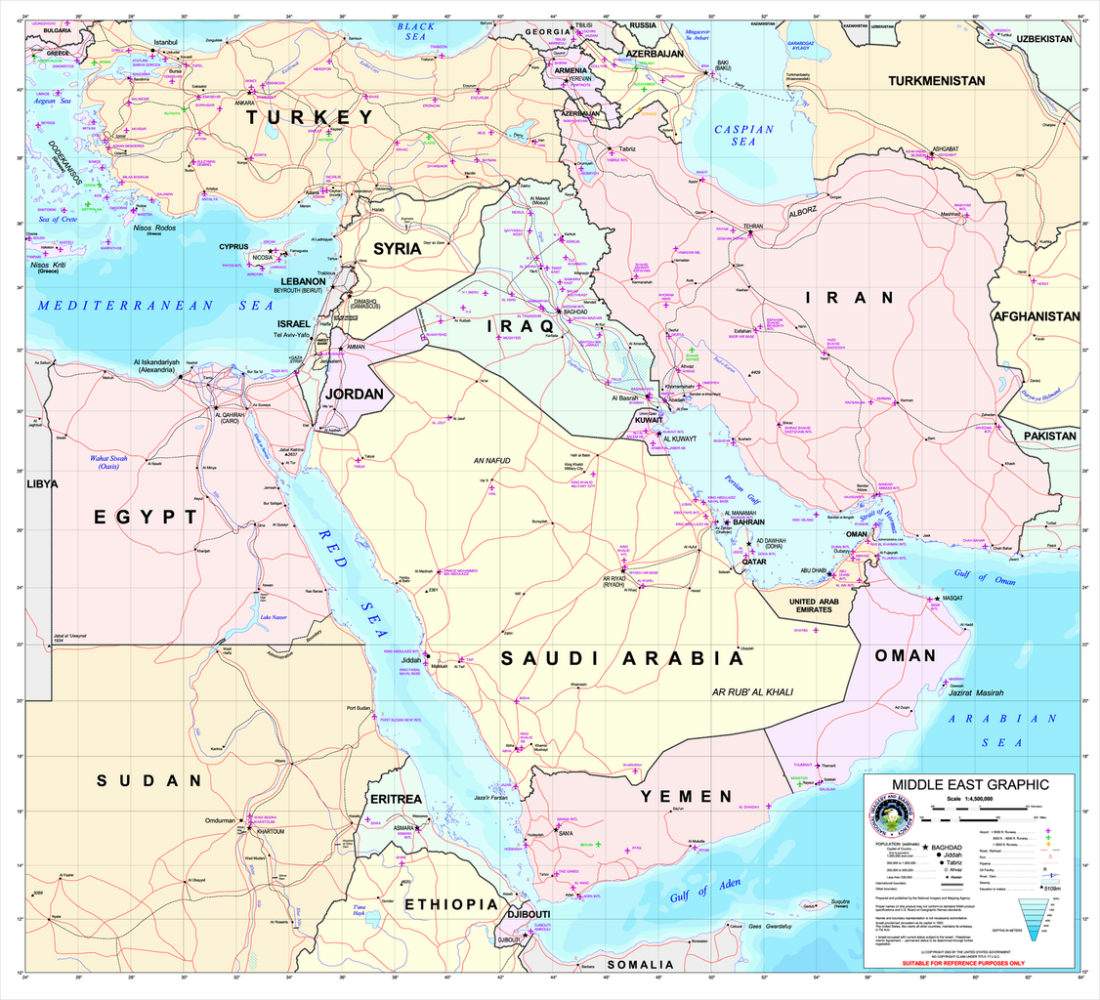Climate change is likely to cause severe repercussions in the Middle East in the future. It could exacerbate water shortages, result in failed crops, drive displacement in populated areas, and sow political destabilization, according to Dan Rabinowitz, a professor of sociology and anthropology at Tel Aviv University and the former chairman of Greenpeace Mediterranean.
In his penetrating book, The Power of Deserts: Climate Change, The Middle East, And The Promise Of A Post-Oil Era (Stanford University Press), he argues that the outlook for “climate impact, adaptation, and vulnerability in the Middle East and North Africa is, to put it mildly, disconcerting.”
Historically, the region has been buffeted by climate fluctuations. A dry spell in the 14th century forced villagers to abandon sedentary agriculture and become nomadic pastoralists, a migration that energized the expansion of the Ottoman Empire westward and transformed the Muslim world. Three centuries later, a drought brought the empire to the brink of implosion, he notes.
One of the hottest and most arid regions, the Middle East is on course to becoming hotter and drier by the end of this century. “Chronic heat stress could render major cities unfit for human life,” he writes. “Sea-level rise could submerge ports and other seaside installations, salinize coastal aquifers, and force millions to migrate.”
Richer countries like Israel, Saudi Arabia, the United Arab Emirates and Bahrain might weather these challenges, he adds. But poor countries, ranging from Egypt and Jordan to Syria and Yemen, will be infinitely more exposed to what he aptly describes as “climate tremors.”
Beset by brutally long dry spells, Syria and Sudan have already experienced hardships attributable to climate change. Iran is struggling with a water crisis of monumental proportions.
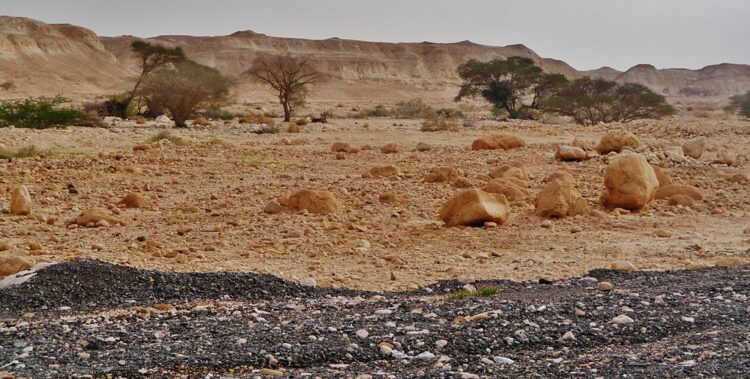
Rising summer temperatures in Israel’s northern Negev Desert could render outdoor activities in cities like Beersheba impossible from June to October. By 2100, summer temperatures in Israel could be 3.3 degrees centigrade higher.
“Heat waves will be longer and more frequent, and rainfall could drop 30 percent,” he says. “Snow in Galilee and in Jerusalem, already rare events, will become almost non-existent. Rain will come in fewer, more violent events, with larger quantities washed away as floods into the sea.”
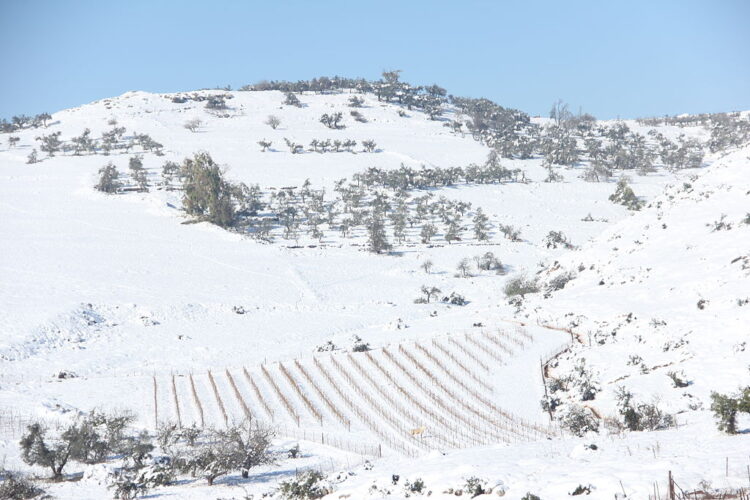
By 2050, average yearly temperatures across the region may be 1.5 degrees centigrade higher than in 2005. By 2100, they may be even four degrees higher. Precipitation, meanwhile, could decrease by three to four percent.
Industrial water demand in Saudi Arabia is expected to exert more pressure on existing water sources, further taxing agriculture. “Malnutrition, which has even virtually absent for almost a century, could be back.” Food shortages could affect one-third of the kingdom’s population.
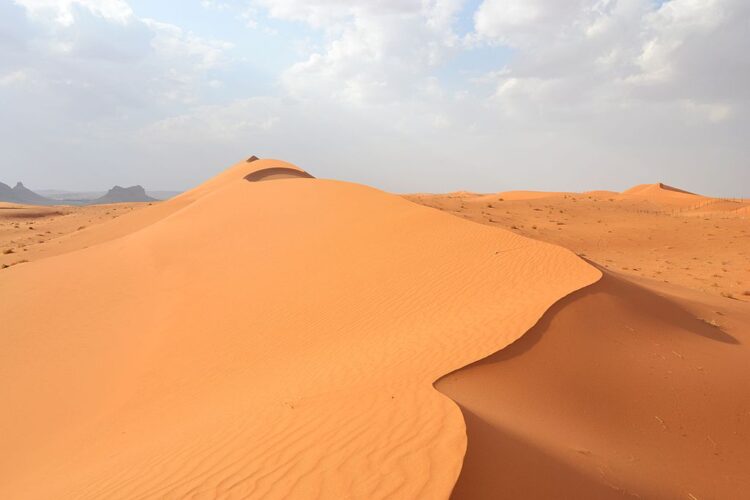
Egypt’s Nile Delta, occupying only two percent of its land mass and containing two-thirds of its arable land and more than 40 percent of its population, is particularly sensitive to the vagaries of a changing climate.
Syria, enmeshed in a civil war for the past decade, has been especially affected by the degradations of climate change. An exceptionally severe drought in its eastern provinces from 2006 to 2009, during which rainfall plunged by 33 percent, reduced wheat and barley yields by respectively half and two-thirds and decimated livestock numbers by 85 percent.
Syria fell into an economic abyss, and for the first time since 1992 was compelled to import cereals. Inflation and unemployment rose and exports fell, producing political instability.
“Syria’s calamity must not be seen as singular,” he warns. “Rather, it illustrates a vicious circle that could emerge in many countries as physical deterioration triggered by climate change multiplies preexisting social, economic and political tensions.”
As Rabinowitz suggests, the situation is not hopeless. There are solutions to cope with the ravages of climate change.

Climate refugees can be relocated, the precedent for which was set in the 1960s when Egypt removed thousands of Nubians from the Nile Valley to accommodate the construction of the High Dam in Aswan.
Fossil fuels, which enabled Gulf states to enjoy economic booms but which contributed to global warming, must be phased out. Rabinowitz believes that solar and wind power will produce more than half of global electricity by 2050. “Electricity from renewables, now recognized as financially stable and operationally reliable, is becoming more desirable,” he says.
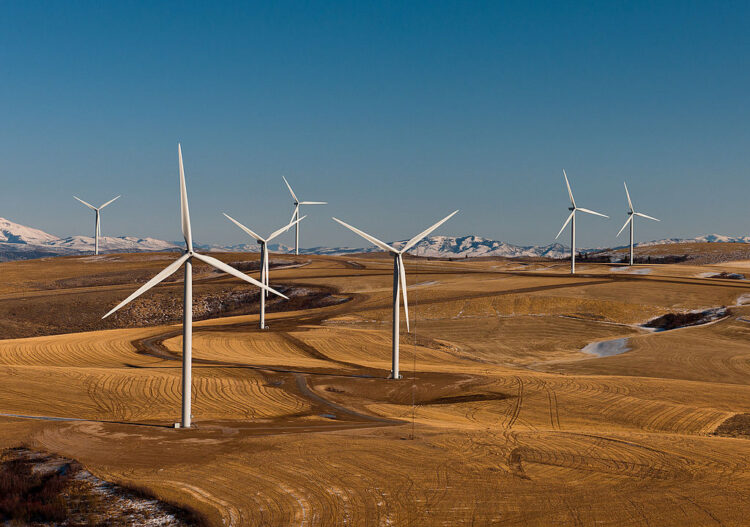
Plans to build new gas and oil-fired power stations will have to be scrapped and replaced by the construction of solar plants and wind turbines. There will be resistance to such transformations, but Rabinowitz is confident that a new era is dawning.
“Most people treat climate change as a distant process, with little or no bearing on their personal well-being,” he says.
But climate change is here to stay and we must all adjust to it.
